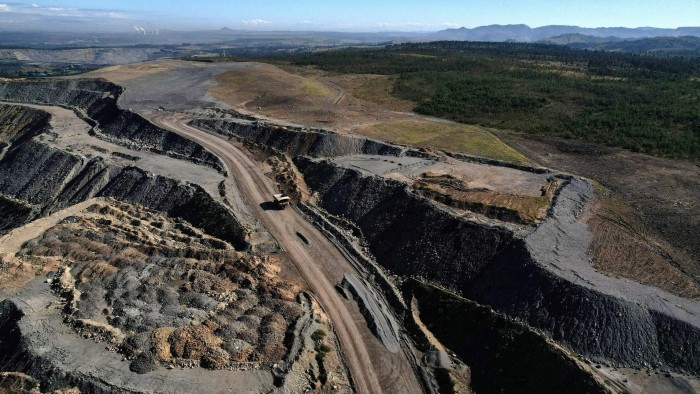Unlock the Editor’s Digest for free
Roula Khalaf, Editor of the FT, selects her favourite stories in this weekly newsletter.
To a hammer, everything looks like a nail. To a mining executive, blank spaces on the map look like an opportunity to explore and excavate. That has created an industry with two enduring habits: a tendency to overproduce, and a love of daring but unwise corporate mergers.
Reports that Rio Tinto and Glencore held abortive talks last year typify the second of these traits.
This corporate mega-deal has been floated before, a decade ago. Glencore, then run by the flinty Ivan Glasenberg, had already pulled off a giant merger with Xstrata. Rio’s generous access to high-grade iron ore was a coveted asset. Prominent mining banker Ian Hannam told hedge funds at the time that a deal would happen, sooner or later.
The logic today is different, but still exists. The former obsession with Chinese growth has shifted to a focus on the green energy transition. Copper, which both Glencore and Rio mine, is a key ingredient. Glencore’s prowess in trading, shipping and marketing might allow it to squeeze some extra value from Rio’s $50bn or so of annual sales. Every miner has unloved assets to offload, and areas where they want to bulk up.
But like mining projects themselves, deals look simpler from space. In reality, putting big producers together is hard. Cost savings can be considerable where rivals’ mines are near neighbours — as was the logic of BHP Billiton’s failed bids for Rio in 2008 and later Anglo-American in 2024. But beyond that, scope for expense trimming is marginal. Big customers — notably China — have strong views.
Meanwhile, valuations tend to swing around with the cycle, making executives loath to sell at a low. Since 2014, Rio and Glencore’s relative valuations have converged, with both trading at around 5 times forecast ebitda, according to LSEG, where a decade ago Glencore commanded a modest premium. But as the smaller partner, Glencore’s shareholders would want a premium to their $55bn market capitalisation — or to be in control, which would mean paying a rich price to Rio.
As it happens, both miners have other things to focus on. Glencore ditched plans to spin off its coal business, which makes up around a third of the company’s ebitda. But boss Gary Nagle still needs to work out what to do with a business that brings in heaps of cash but depresses Glencore’s valuation. Rio has to contend with sagging Chinese demand, and the political challenges of its huge Mongolian copper business.
These deserve attention. At some point, though, sure as the commodities cycle waxes and wanes, the megamerger idea will inevitably return. The lure of being king of the heap never loses its lustre.
Read the full article here

